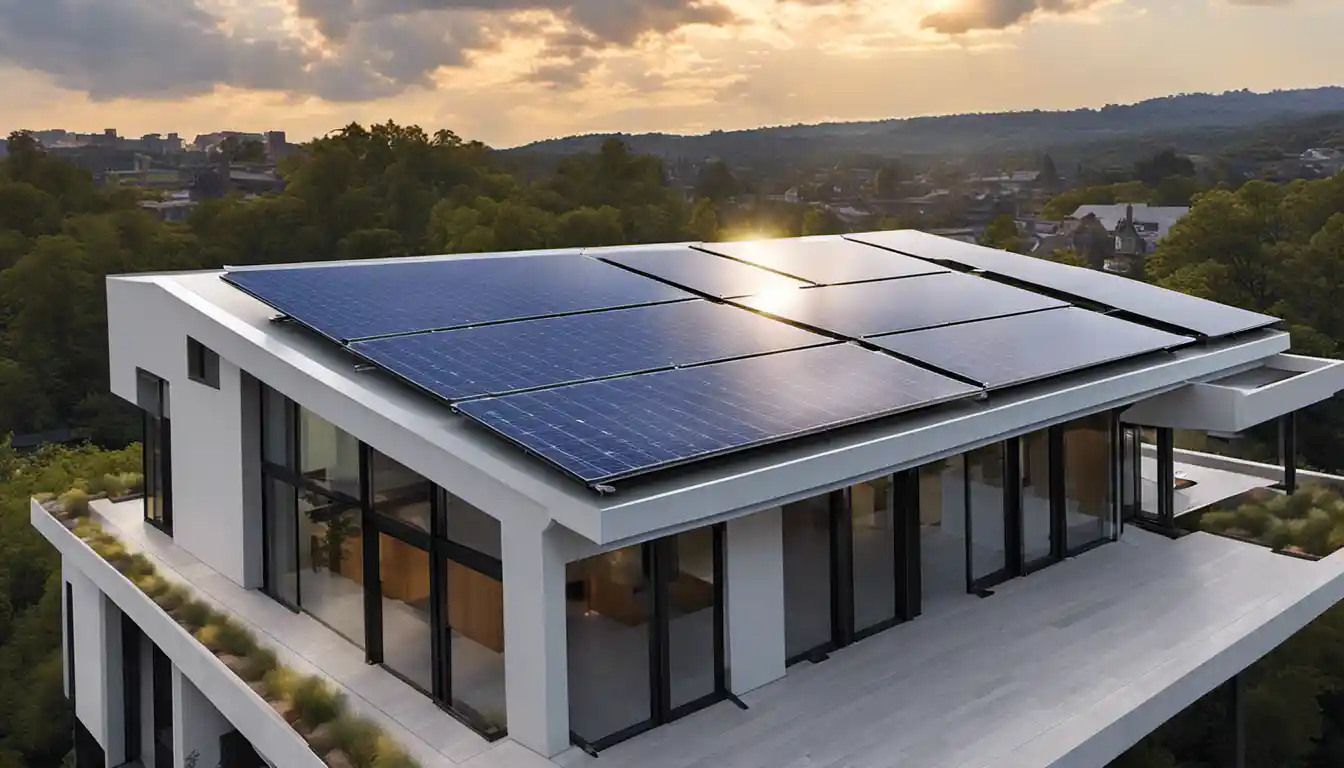Understanding Solar Tracking Systems
Solar tracking systems have the advantage of significantly increasing the efficiency of solar panels by ensuring that they are always oriented towards the sun, maximizing solar energy collection. Another advantage is it makes better use of available space, as less physical panels are required to generate the same amount of energy. However, these systems can be more costly and complex to install and maintain.
If you’ve ever wondered exactly what a solar tracker does, let me quickly break it down for you. In the simplest terms, these innovative devices are designed to follow the path of the sun. Fascinating, right? By aligning the direction of the solar panels with the movement of the sun across the sky, solar energy capture becomes much more efficient.
There are two primary forms of solar trackers: single axis and dual axis. Like dancers with different skill sets, each has its unique rhythm and strengths when it comes to intercepting sunlight. Single axis trackers follow the sun’s movement from east to west, while dual axis trackers have the added ability to track the sun’s seasonal height variation. For a deeper dive into all things solar trackers, be sure to check out our comprehensive guide on what is a solar tracker.
Advantages of Solar Tracking Systems
Harnessing the sun’s energy effectively with solar panels is somewhat of a challenging art form – one where precision is key. This is where the advantages of solar tracking systems come in.
Improved Panel Output and Efficiency
Like a sunflower dutifully turning its head to follow the sun, solar tracking systems guide panels to maintain optimal alignment with the sun throughout the day. This maximizes exposure to direct sunlight, thus increasing the panels’ energy production – by up to 45%, according to studies. In real-life terms, that’s like squeezing nearly half a day’s extra energy without any additional panels.
Optimization of Time-of-Use Pricing
In certain regions, utility companies have implemented time-of-use pricing, where electricity costs fluctuate throughout the day. Solar tracking systems allow homeowners to maximize energy production during peak hours when electricity costs most, potentially saving a significant sum.
Maximization of Energy with a Smaller System

If space limitations are a concern, solar trackers offer a potent solution. By bolstering a solar panel’s efficiency with a tracking system, you can generate more energy using fewer panels. This is especially advantageous for those of us with smaller rooftops or limited ground space.
Cost-Effectiveness of Single Axis Solar Trackers
When budget constraints come around, single-axis solar trackers offer a more cost-effective solution. Whilst not able to move with the sun’s seasonal height adjustments, they still effectively track its east-to-west movement, providing substantial energy output improvements at a lower cost.
Contribution to Sustainability
By maximizing the efficiency of solar panels, solar tracking systems contribute significantly to environmental sustainability goals. More energy production from the same number of panels means less dependence on fossil fuels, reducing the carbon footprint.
Disadvantages of Solar Tracking Systems
Of course, we can’t discuss the advantages of solar tracking systems without mentioning some of their potential drawbacks.
Higher Initial Cost for Panels with Trackers
![]()
Despite the long-term energy and cost benefits, tracking systems do have higher upfront costs. While these are typically recouped over time through increased energy production, it might be an inhibitive factor for some.
Increased Maintenance Requirements
For all their sun-chasing strengths, tracking systems do have moving parts that are subject to wear and tear. This means they’ll likely require more maintenance than stationary solar panel systems.
Limited Suitability for Snowy Areas
Snow and ice accumulation can interfere with the trackers’ movement, limiting their effectiveness in colder regions.
How to Navigate Your Solar Project with Solar Trackers
The ‘reality cooking show’ of solar energies isn’t without its challenges. Solar tracking systems are a strong ingredient in the mix, but understanding how best to use them requires some thorough planning and understanding.
Assessing the Suitability of Solar Trackers for Your Project
![]()
Before you invest, it’s critical to evaluate whether your specific circumstances would benefit from a solar tracking system. Factors such as location, local climate, space, and budget should all play a part in the decision.
Cost-Benefit Analysis: Is it Worth the Investment?
Considering both the advantages and disadvantages of solar tracking systems, it’s essential to conduct a clear-eyed cost-benefit analysis. Seeing how the figures stack up over the long-term can make it easier to decide whether it is worth the initial investment.
Maintenance Considerations for Solar Tracking Systems
It’s like owning a classic car – the upkeep matters. Proper maintenance of your panels and the tracking system is key to maximizing the energy potential and lifespan of your solar energy project.
Final Thoughts: Are Solar Trackers the Future of Solar Energy?
There’s no denying the potent role solar tracking systems can play in enhancing solar panel performance. As we step ahead into a future where renewable energy becomes increasingly crucial, it’s likely that the advantages of solar tracking systems will continue to outweigh the disadvantages. By improving efficiency and striving towards cost-effectiveness, these systems are indeed unleashing the full potential of solar energy.


